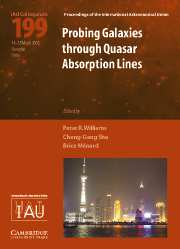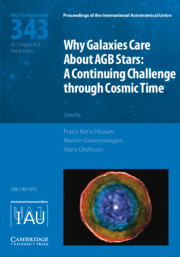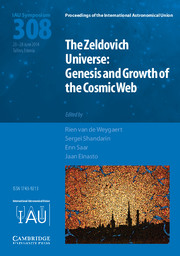Probing Galaxies through Quasar Absorption Lines (IAU C199)
This volume reviews recent research progress in the field of quasar absorption line systems, from both observational and theoretical perspectives. The seventy-eight papers cover topics ranging from the galaxy-absorber connection, Lyman-alpha systems, abundances and dust, and high redshift studies including re-ionisation, to models and numerical simulations concerning many of these aspects. The papers include detailed reviews by leading researchers in these fields as well as many new results reported here for the first time, and provide a valuable resource for graduate students and professional astronomers.
Product details
December 2005Hardback
9780521852050
528 pages
254 × 180 × 30 mm
1.211kg
258 b/w illus. 30 tables
Out of stock in print form with no current plan to reprint
Table of Contents
- Part I. The Absorber-Galaxy Connection
- Part II. Lyman-Alpha Systems
- Part III. Models and Numerical Simulations
- Part IV. Abundances and Dust
- Part V. High Redshift: Theory and Observations
- Part VI. Posters.






